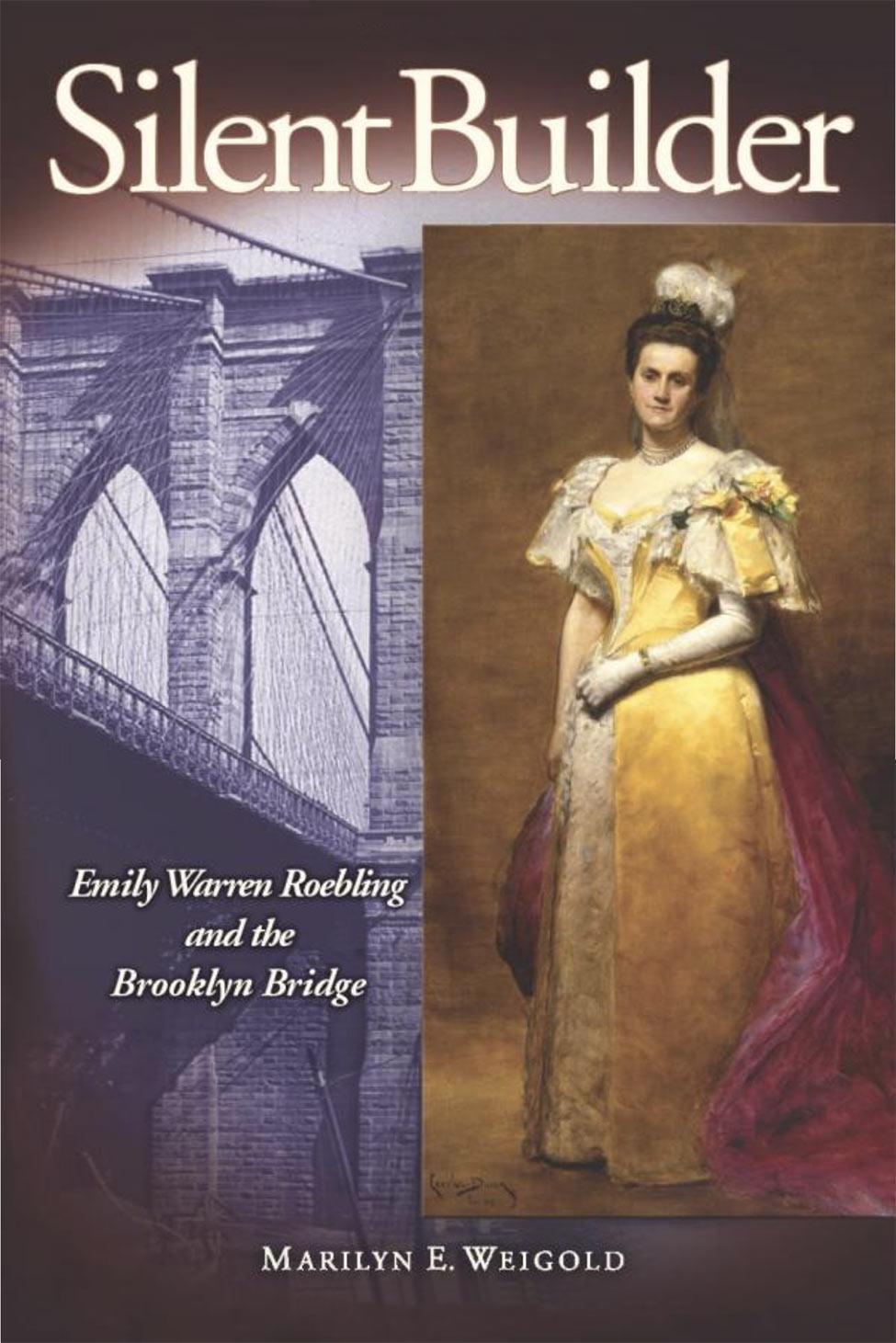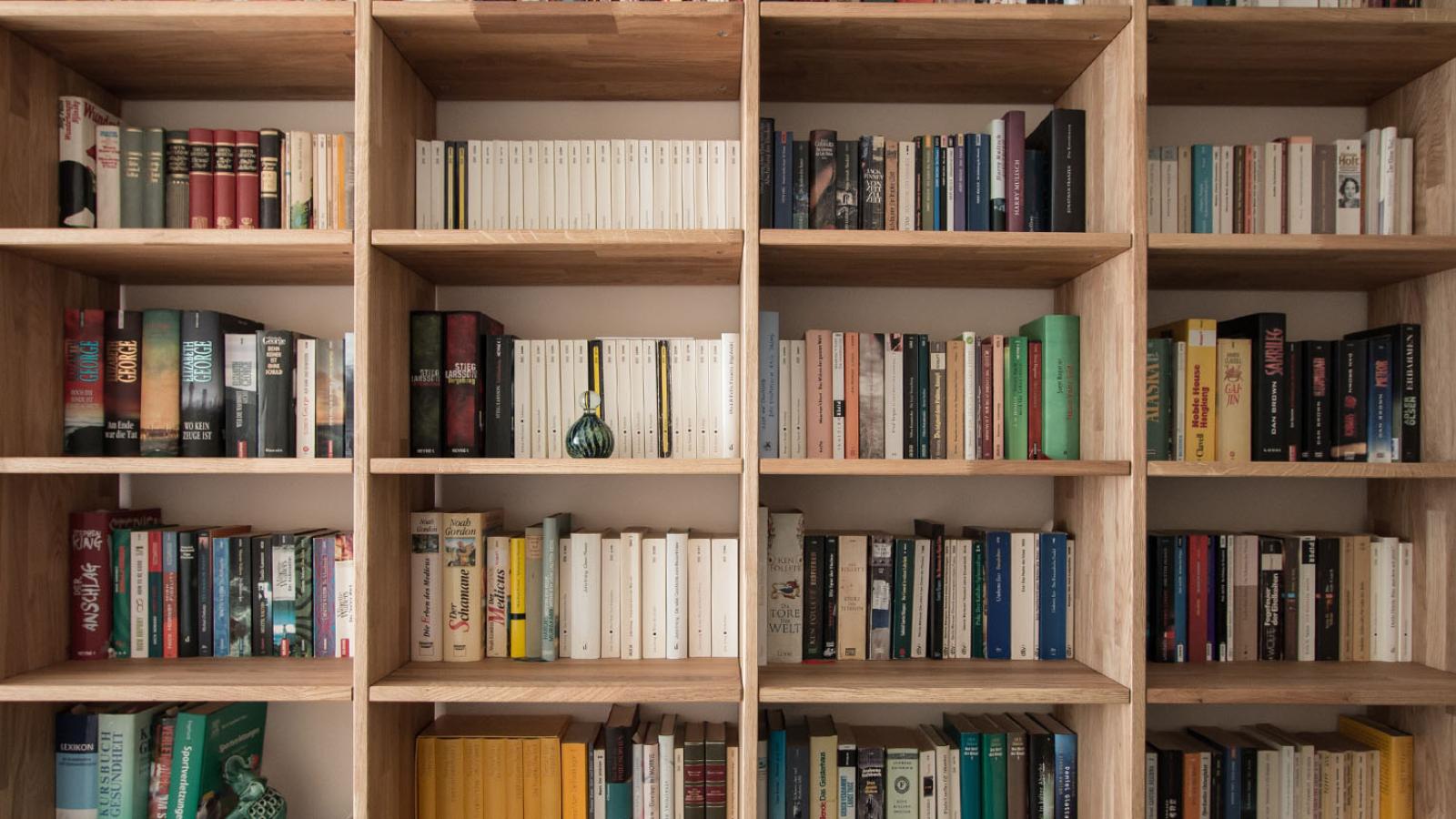

Silent Builder: Emily Warren Roebling And The Brooklyn Bridge
Marilyn Weigold
Professor Economics, History, And Political Science, Pleasantville

What is the central theme of your book?
Silent Builder is a story of Emily Warren Roebling, who assisted her husband, Chief Engineer of the Brooklyn Bridge Project Washington Roebling, after he became very ill. But the book is much more than the story of Emily's role in the Brooklyn Bridge. Obviously, that is the most important part of the book, but beyond the time when she was assisting her husband, she became a rather celebrated woman in her own right. She was very active in the women's club movement in the United States. She was on the boards of various patriotic associations on a national level and in midline, she studied law at New York University. That was really very, very unusual. My conclusion was that upon her death in 1903, she was really one of the best-known women in the United States.
What inspired you to write this book?
My interest was piqued by David McCullough's book, The Great Bridge. After I had read the chapter on Emily and had seen in one of the end notes in that chapter references to the Roebling collection at Rutgers. I went to Rutgers, and I was beyond delighted to discover many letters exchanged between Emily and her son, John. I thought, "Well, there's enough for a book here." As it turned out, it wasn't a huge book. The first edition was 188 pages. The second edition is 310 pages. It would've been a lot longer if the content end notes had been inserted in the actual chapters as footnotes. The second edition relies very heavily upon a lot of information that was not readily available when I did my original research for the first edition of Silent Builder. One of the primary sources that proved to be so helpful is a scrapbook that is in the Roebling family collection at Rutgers University at their Alexander Library.
Why is this book important in your field? What does it contribute to the current body of knowledge on its topic?
Using circumstantial evidence, I have proven that the long-rumored appearance that Emily made before the all-male professional group, the American Society of Civil Engineers in 1882 actually happened. It's been rumored for well over a hundred years. It has been denied by the American Society of Civil Engineers. Their comment was that, "Well, we don't have any record of it in our archives. I had extended my research for the second edition of the book by six months because papers are scattered all over the country. Finally, the Smithsonian and the Library of Congress yielded what I needed. I found actual letters exchanged between George Frederick Kunz and Washington Roebling. In this letter, Kunz said that he got poised in the Roebling home when Washington Roebling and Emily were working on this statement that she presented to the American Society of Civil Engineers. History, is really detective work and that's the exciting part of "doing history".
In addition, I think there's such a need for teachers to know something, not just about all the good work that's being done in the STEM fields, but also especially to encourage female students to learn about how women have been involved in engineering for well over a century now. I think today in the 21st century, in terms of the impact of the book, I would hope that it will encourage young women to enter fields that are sometimes viewed as masculine.
Can you share a special moment when writing this book?
In May of 2018, I was invited by the New York city council to speak at a ceremony in Brooklyn to celebrate the naming of the street where Emily and her husband lived while the bridge was being built. That day, one of the other speakers was Emily's great-great-grandson, Christian Roebling. We were chatting after the ceremony. I told him about my research linking Kunz with Washington Roebling and Emily and the American Society of Civil Engineers. "Oh yes," he said, "because in our family, in the Roebling family, a lot of the history is oral history and it comes down from generation to generation by word of mouth." "Believe me," he said, "Emily addressed the American Society of Civil Engineers."
What is the one thing you hope readers take away from your book?
That history is not static. That interpretation of the past evolves based upon new evidence. One can learn a great deal from studying the past, while at the same time, keeping an open mind, recognizing that new evidence, new material might be forthcoming at some point in the future, and that will change the interpretation of the story.
What other books have you had published?
I've written a book on the Long Island Sound. Environmental history is one of my areas, not just local and regional history. In 2015, SUNY Press, State University of New York Press, published Yonkers in the Twentieth Century. It was an interesting book to research because Yonkers was, for most of the 20th century, really in transition economically from a major manufacturing city to service industries. Also, there was the very complicated desegregation case, the first desegregation case linking segregated housing with the segregation of the public schools. It went on for 27 years. In 2016, a hardcover edition of my book on Peconic Bay was published, about the agrarian North Fork—where I live—where the farms have largely been replaced by vineyards and we have a thriving wine industry. On the other side of the bay is the Hamptons. A lot of years ago, I did a book on Westchester County for the counties Centennial.
History, is really detective work and that's the exciting part of "doing history".
Fun Facts
What motivates you as a teacher?
My students.
What do you do in your spare time; to relax/unwind?
Well, I like the beach, believe it or not, even the winter. Swimming is my favorite form of exercise. I do swim at the Pace pool on the Pleasantville Campus.
What are you reading right now?
Over the break, I listened to a James Patterson mystery novel on the Alex Cross series. That was great. And Danielle Steel, which are kind of lightweight books, but Spy was really great. There was a lot of accurate history about World War II. I also listened to two of Stuart Lutz's mystery novels in the Barrington series.